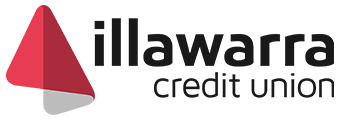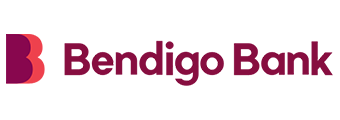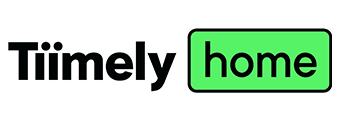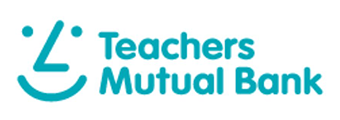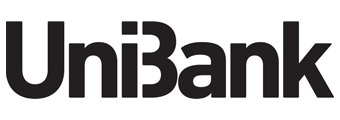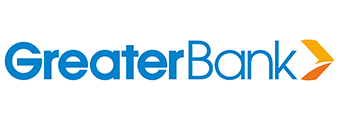Fact Checked
| Lender | Home Loan | Interest Rate | Comparison Rate* | Monthly Repayment | Repayment type | Rate Type | Offset | Redraw | Ongoing Fees | Upfront Fees | Max LVR | Lump Sum Repayment | Extra Repayments | Split Loan Option | Tags | Features | Link | Compare | Promoted Product | Disclosure |
|---|---|---|---|---|---|---|---|---|---|---|---|---|---|---|---|---|---|---|---|---|
6.04% p.a. | 5.91% p.a. | $2,517 | Interest-only | Variable | $null | $530 | 80% |
| Promoted | Disclosure | ||||||||||
6.09% p.a. | 6.19% p.a. | $2,538 | Interest-only | Variable | $390 | $0 | 80% | |||||||||||||
6.14% p.a. | 6.24% p.a. | $2,558 | Interest-only | Variable | $0 | $1,189 | 80% | |||||||||||||
6.19% p.a. | 6.02% p.a. | $2,579 | Interest-only | Variable | $0 | $0 | 60% | |||||||||||||
6.27% p.a. | 6.03% p.a. | $2,613 | Interest-only | Variable | $10 | $220 | 80% | |||||||||||||
6.25% p.a. | 5.91% p.a. | $2,604 | Interest-only | Variable | $0 | $0 | 70% | |||||||||||||
6.29% p.a. | 6.32% p.a. | $2,621 | Interest-only | Variable | $0 | $350 | 70% | |||||||||||||
6.25% p.a. | 6.28% p.a. | $2,604 | Interest-only | Variable | $0 | $295 | 80% | |||||||||||||
6.48% p.a. | 6.55% p.a. | $2,700 | Interest-only | Variable | $0 | $0 | 80% | |||||||||||||
6.64% p.a. | 5.65% p.a. | $2,767 | Interest-only | Variable | $0 | $0 | 80% | |||||||||||||
6.76% p.a. | 6.57% p.a. | $2,817 | Interest-only | Variable | $8 | $350 | 60% | |||||||||||||
7.13% p.a. | 6.45% p.a. | $2,971 | Interest-only | Variable | $0 | $160 | 70% | |||||||||||||
6.48% p.a. | 6.49% p.a. | $2,700 | Interest-only | Variable | $395 | $150 | 97% | |||||||||||||
5.93% p.a. | 6.19% p.a. | $2,471 | Interest-only | Variable | $0 | $530 | 90% |
| Promoted | Disclosure |
Frequently Asked Questions
Just as you can with a variable rate principal and interest mortgage, it is possible to pay off a variable rate interest-only mortgage early. This would typically involve either selling the house or making very large voluntary principal repayments.
Having an interest-only mortgage does not affect your credit rating any more than having a principal and interest mortgage.
Yes, there are many interest-only fixed-rate mortgages available. Fixed rate interest-only home loans are short-term home loan contracts that only require you to pay off the interest on the amount borrowed and pay at a fixed rate.
Many lenders allow variable rate interest-only borrowers to make lump sum repayments off the principal during the interest-only period, however, you may be required to fill out a form each time you want to do so.
Borrowers may apply to switch to interest-only payments from principal and interest, but this is subject to lender’s approval.



